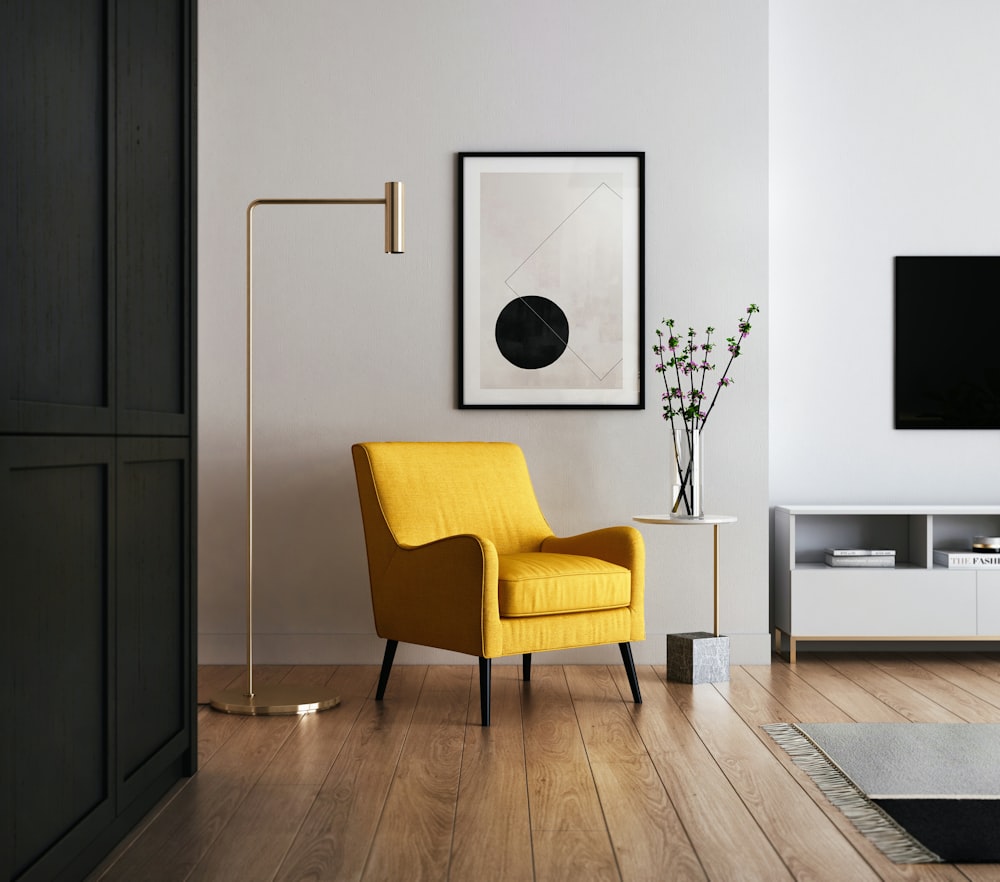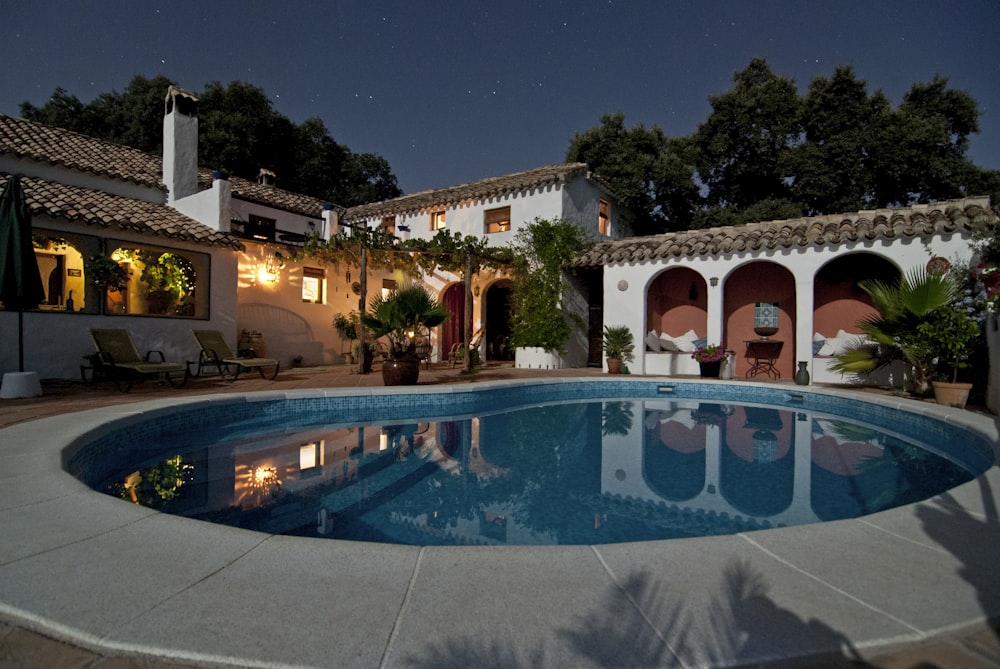
Embracing Mid-Century Timeless Interior Design Trends
Rediscovering Mid-Century Design: A Timeless Journey
The Mid-Century Revolution: Exploring Its Origins
Mid-century design emerged in the mid-20th century, characterized by its clean lines, organic shapes, and functional simplicity. Rooted in the post-World War II era, mid-century design reflected a shift towards modernism and a rejection of traditional ornamentation. Influenced by Scandinavian and Bauhaus design principles, mid-century style sought to create harmonious and accessible living spaces for the burgeoning middle class.
Iconic Elements of Mid-Century Design: Minimalism and Functionality
At the heart of mid-century design lies a commitment to minimalism and functionality. Furniture pieces are characterized by sleek lines, geometric shapes, and unadorned surfaces, prioritizing both form and function. Iconic designs such as the Eames Lounge Chair, the Barcelona Chair, and the Noguchi Coffee Table exemplify the timeless elegance and practicality of mid-century furniture.
Embracing Organic Forms: Nature-inspired Aesthetics
Mid-century design draws inspiration from the natural world, incorporating organic forms and materials into its aesthetic. Wood, particularly teak and walnut, is a staple material in mid-century furniture, adding warmth and texture to interiors. Curved, sculptural shapes reminiscent of nature’s contours infuse spaces with a sense of harmony and tranquility, blurring the boundaries between indoor and outdoor environments.
Bold Colors and Playful Patterns: Vibrant Expression
Mid-century design is characterized by its bold use of color and playful patterns, adding visual interest and personality to interiors. Vibrant hues such as avocado green, mustard yellow, and burnt orange are frequently used to create a sense of warmth and vitality. Geometric patterns, abstract motifs, and atomic-inspired prints inject a sense of whimsy and dynamism into mid-century spaces, reflecting the optimism and exuberance of the era.
Open Floor Plans and Seamless Integration: Spatial Fluidity
Central to mid-century design is the concept of spatial fluidity and seamless integration. Open floor plans promote a sense of connectivity and flow between different living areas, allowing for flexibility and adaptability in modern lifestyles. Floor-to-ceiling windows and sliding glass doors blur the boundaries between indoor and outdoor spaces, inviting natural light and fostering a sense of connection to the surrounding environment.
The Influence of Mid-Century Design Today: Modern Interpretations
While mid-century design originated over half a century ago, its influence continues to resonate with contemporary designers and homeowners alike. Modern interpretations of mid-century style blend iconic elements with contemporary sensibilities, resulting in spaces that are both timeless and relevant. Whether it’s a meticulously curated vintage collection or a contemporary reinterpretation of mid-century classics, embracing mid-century design trends allows for endless possibilities in interior styling.
Sustainability and Timelessness: A Greener Approach
In an era of increasing environmental consciousness, mid-century design’s emphasis on quality craftsmanship and durable materials aligns with sustainable principles. Many mid-century pieces were built to last, with a focus on longevity and timeless appeal. By incorporating vintage or responsibly sourced mid-century furniture into modern interiors, homeowners can reduce their environmental footprint while adding a touch of timeless elegance to their spaces.
Embracing Mid-Century Design: Timeless Elegance for the Modern Home
In conclusion, mid-century design continues to captivate and inspire with its timeless elegance and enduring appeal. From its origins in the post-war era to its modern reinterpretations today, mid-century design remains a symbol of sophistication, simplicity, and style. By embracing mid-century design trends, homeowners can create interiors that are both timeless and relevant, celebrating the beauty and legacy of this iconic design movement. Read more about mid century interior



